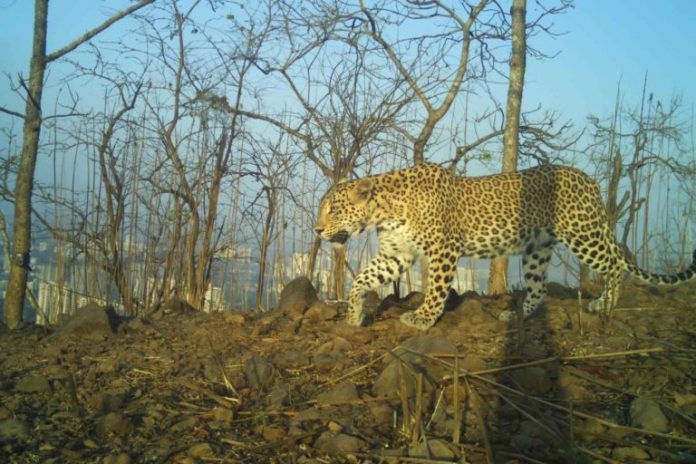“Powerbaaz”. “Main boss”. No, these descriptions don’t refer to any power-hungry politician or underworld don. It’s how the indigenous Warli people of Maharashtra see their animal god, the Waghoba. The Waghoba is a cat-deity, usually depicted as a leopard or tiger. For the Warlis, their Waghoba is an all-encompassing, powerful force: the god who helps them live with large cats, for they must often share space with leopards in northwest Maharashtra – the foothills of the Western Ghats – where they live. The institution of the Waghoba, and people’s faith in the deity, is extremely widespread here, found a recent preliminary study.
“It also reflected upon the fact that such traditions bring the whole community together…and that it builds up a sense of security and unity among people,” he wrote. “Community members from various parts of Maharashtra visit their distant relatives on this occasion.”

Stakeholders and conservation
People here looked at conflict differently, found the scientists. The Warlis didn’t blame the predator on the occasional instances of livestock depredation by leopards; instead, they attributed it to their own oversight. They saw it as people not having met their end of the bargain in the Warli-Waghoba relationship. However, institutions such as the forest department and conservation agencies see conflict only as material or socio-economic losses, and mitigation or compensation measures are designed only based on this; therefore, recognising and incorporating local belief systems could be important here, write the authors in their study published in Frontiers in Conservation Science.
“This is relevant for present-day wildlife conservation because such traditional institutions are likely to act as acceptance-building mechanisms,” they add.
Several other factors, including local politics, could be shaping the institution of the Waghoba of today too, suggest the researchers. Local political parties, for instance, supported Waghoba shrines in semi-urban and protected areas, as did the well-off. Similarly, the bhagat, a shaman-equivalent of the Warlis, mediates between people and the Waghoba during worship, sometimes even lapsing into trances as they flit between their human and leopard self. The bhagat, therefore, has immense social standing.
Acknowledging the power of such beliefs, entities and rituals, as well as incorporating these informal institutions into conservation action or policy is worth considering, suggest the scientists. “We are suggesting that such local systems are valuable to engage with, in the paper,” said Nair, currently with the Wildlife Protection Society of India. “Culture and institutions are not static, they keep evolving and adapting in accordance with changing times and various influencing factors, including local politics. Such institutions are complex and the more we engage with aspects of it like local politics, the more we understand the drivers of it and what sustains them in current times.”

Indeed, the study of local institutions gives us a “more relevant and context-specific understanding of people’s behaviour and thoughts in a particular landscape and this is very important for socially just conservation interventions,” wrote scientist Iravatee Majgaonkar who did not participate in the study. Majgaonkar studied the relationships between people and wolves in peninsular India. There, pastoralists who share space with wolves too told stories of kinship with them (though no shrines marked worship), acknowledging that the animal takes sheep or goats because it “needs to eat”, she said. But that doesn’t mean there is no persecution; wolves are hunted occasionally.
“However, in the case of the Warlis and their Waghoba, the institution seems to be much stronger,” she wrote. “And it’s very much possible that it functions as a tolerance building mechanism because it gives people ‘a larger cause’ to accept the loss that they suffer. Very cleverly designed conservation interventions can take the help of these institutions to make shared spaces safer for people and wildlife – say through sharing these stories while engaging with younger generations,” she commented.
This article has been authored by Aathira Perinchery and has been republished from Mongabay.














